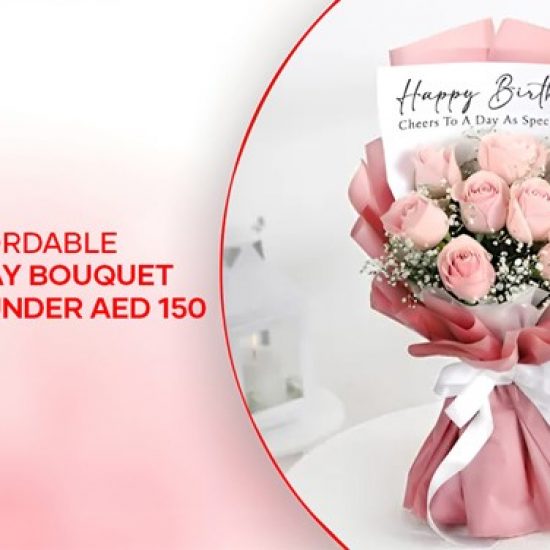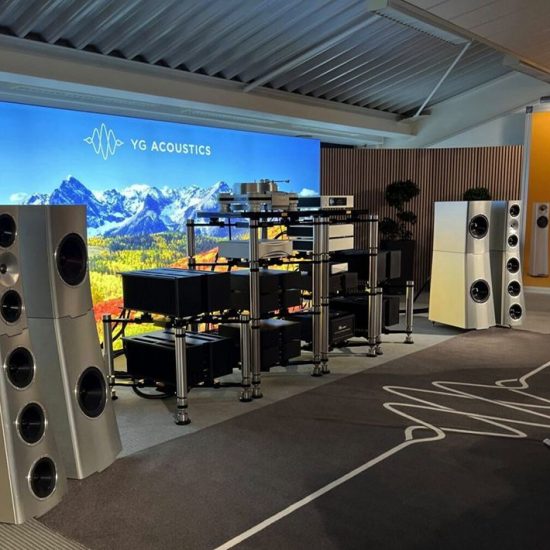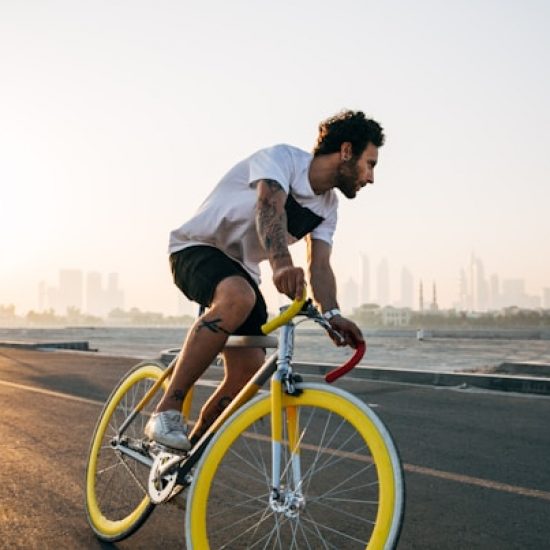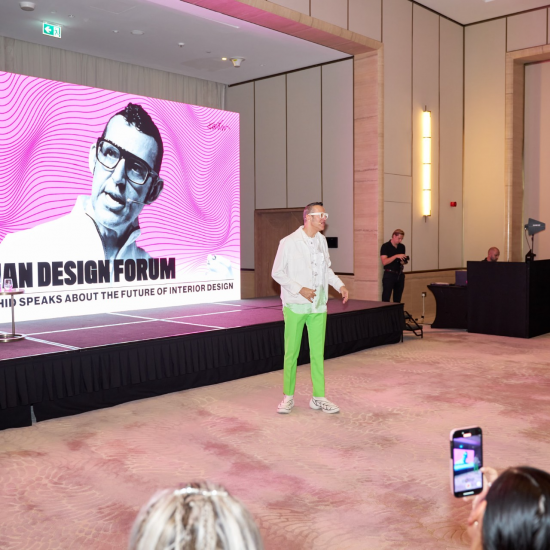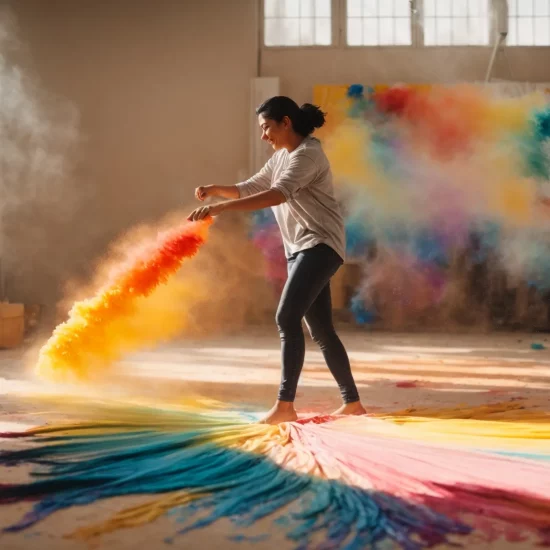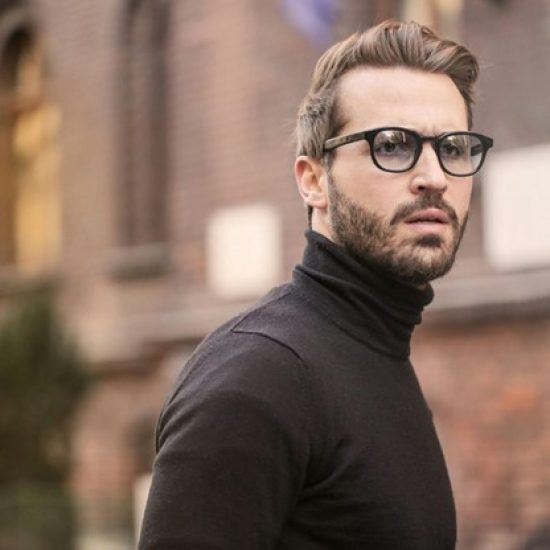
Dawn is the time to see Angkor Wat. Waiting in the dark as the exquisite 11th-century temple is conjured out of the Cambodian jungle feels ridiculously thrilling. As the sun rises above the tall, minutely carved, lotus-like towers, and the ornate magnificence of the buildings is reflected in the great ornamental lakes, you get a sense of how 19th-century French explorer Henri Mouhot must have felt when he reached the complex, long abandoned and almost bordering on fabled. And after that early start, by about 11.30am, you’ll be back in nearby Siem Reap, having a cold drink on the terrace of the Grand Hotel d’Angkor – opened in 1932 to accommodate the eventual flood of visitors fired up to visit Angkor after reading Mouhot’s thrilling report of his discovery, published in 1863, two years after he died of fever at the age of 35 – and, of course, planning your shopping.
Only in the last few years has the tree-lined, riverside Siem Reap – Cambodia’s second city – become a place to buy much more than cheap, carved salad servers and cotton tops you find in the local street and night markets. Luxury tourism here is now growing fast. “This is Singapore and Hong Kong 50 years ago, Thailand 20 years ago,” says expat local hotelier Colin Bryan.
Angkor, a World Heritage site, is, of course, the main draw. But there’s plenty more to see in the region: underwater sandstone river carvings; the chilling War Museum, which tells the story of the murderous Pol Pot dictatorship of the 1970s; and other temples, including – now that landmines Pot’s army left behind have been removed – the spooky, as yet root-entangled Phnom Kulen. These attractions, plus the arrival of new five-star hotels, including an Aman, a Belmond and a Park Hyatt, plus, as of September 2015, Cambodia’s latest luxury resort hotel Phum Baitang, are increasingly encouraging affluent visitors to linger instead of immediately heading off to Thailand, Laos or Vietnam. And as the number of people with money to spend has grown – poverty-stricken Cambodia is now a major recipient of United Nations aid – so has the number of upmarket shops.
The T Galleria by DFS mall, which opened in March last year, is so lavish and international that it looks more like Dubai than Cambodia. But it’s the Cambodian items – locally made silks, homeware, antiques and artefacts – that are the most rewarding buys. And what’s gratifying is that you’re helping the revival of the local economy as well as of crafts crushed in the Pol Pot years. While prices for international luxury goods are on a par with Western Europe, for these locally made items they can be spectacularly cheap. Anyone with an eye for beauty – and a bargain – will likely return home with crammed cases. It’s worth adding that pharmaceuticals and imported drinks, both entirely untaxed, are astonishingly inexpensive here.
Where to shop
Luxury shopping is centred around a handful of locations. The best – with about 10 lifestyle, fashion, antique and jewellery stores, mixing Cambodian and international items – is at the Foreign Correspondents Club, or FCC, a chic restaurant and shopping complex around the former French governor’s mansion. The coolest is , the arty new hotspot. Most socially worthwhile is , a large workshop and store that kick-started the move to revive traditional silk-woven Cambodian crafts. Then there are the luxury hotel shops, the best at the , which is now a Raffles, as well as at and . Local silks and cottons are on sale in upmarket malls such as the gallery, opposite Shinta Mani boutique hotel. stocks brands such as Burberry, Dior and Gucci. and in the Old Market are the places to browse for fun things such as drawstring silk bags and those trusty salad servers.
Getting from one area to another is quick and cheap by the ubiquitous tuk-tuks. You could keep one on for the day for less than Dh100. Even between November and March, when the hot and humid climate is at its most pleasant, you won’t want to walk in the sunshine too much.
Lacquer and crafts
Now that the cheap travel agencies are gone, Hup Guan Street may still look scruffy, but it’s the hottest new shopping spot in town. Coffee shops and cafes – notably The Little Red Fox Espresso and Common Grounds cafe – flank boutiques such as Siri Van, Weaves of Cambodia and Trunkh. The most stylish of them, however, is the lifestyle shop that three years ago the glamorous half-French, London-raised designer Louise Loubatieres opened after reclaiming the property her mother had abandoned during the Pol Pot years. She’s married local craftsmanship with her own design aesthetic, producing a lacquered range, among other things, that’s so popular her workers can hardly keep up with demand.
Lacquering is an old Khmer speciality, and when customers set eyes on the softly gleaming lacquered trays, produced in a range of icy colours – baby blue, mint green, silver – and sizes, from two-tumbler tiny to arm’s-width large, from US$24 (Dh90) – they invariably buy in multiples, complementing them with the versatile, adorable lacquered bowls made from coconut shells ($15; Dh55), usable as bonbon dishes or for floating tea lights. Also to be found are pastel ikat-patterned cotton cushion covers ($30; Dh110) make-up bags ($17; Dh62); the lightest of silk scarves ($30; Dh110); embroidered and appliqué throws ($75; Dh275); necklaces made of ropes of silk beads ($20; Dh73); and carved natural horn cuffs ($15; Dh55) – all in a profusion of enticing colours and textures, and the enchanting Loubatieres wrapping. This is the kind of shop you casually dip into and emerge an hour or more later, laden and delighted.
Fashion and accessories
The FCC is home to several fashion boutiques. Most thrilling is the Eric Raisina Couture House. The talented Christian Lacroix- and YSL-trained designer produces lissom, delicately tailored silk organza, cotton, raffia and ribbon-embellished blouses, skirts, dresses, trousers and jackets of a stylishness and finish you’d expect of Paris’s Rue du Faubourg, but at knockout prices: about $75 (Dh275) for a blouse, $170 (Dh625) for a dress. Raisina also makes to measure at his nearby atelier.
Five minutes away by tuk-tuk, Artisans d’Angkor specialises in the production (they have their own silk farm) and construction of handwoven, 100 per cent natural silks. Look out for classic accessories – from ties ($27 to $39; up to Dh143) and scarves ($25; Dh90) to geometric-patterned brocade wraps ($119; Dh437). The outfits, however, could benefit from a more fashion-savvy designer. The company also sets up a stall each night outside the entertaining Phare Cambodian Circus.
In the Raffles arcade, and its “clothes for the urban nomad” translate into finely stitched and super-wearable cotton clothing for men. Shirts cost about $80 (Dh295), trousers are about $250 (Dh920), in a palette of whites, creams, grey and navy. For women, the clothes in can be a bit too tight and showy, but include some tantalising evening pieces in silks and chiffons. Original super-soft feather-light pashminas ($815; Dh2,995), silk ties ($35; Dh130) and woven silver-mesh clutch bags ($1,450; Dh5,325) make for rewarding browsing at , which also has an excellent jewellery boutique.
Antiques and artefacts
Opposite the National Museum, at 58 Salakanseng Village, souvenir shop is a crammed, open-fronted affair that at first glance looks like nothing special. But according to Bryan of Phum Baitang, who has been checking out local shops since arriving in Cambodia in 2014, it often has by far the best prices for the carved Buddhas, lacquered boxes, old jewellery and random Cambodian and South East Asian artefacts and antiquities sold in the FCC arcade. “What’s $200 there will be $100 here,” he says with a grin. That said, the FCC boutiques – such as , which specialises in traditional Khmer artworks, jewellery and tableware – have a more refined selection and elegant setting. has the kind of ornately crafted silverwork you either love or loathe – crouching tigers, lotus fruit bowls – filling its shop behind the Sofitel hotel.
Concept stores
At , in the FCC area, ignore the creepily life-sized saffron-robed fibreglass monks. Focus instead on novelties such as lacquered Japanese beauty boxes in scarlet or shiny black ($450; Dh1,650) and psychedelic-print silk scarves ($50; Dh185). Also at the FCC are Theams House and Tiger Lily, both selling eclectic works by local and international artists: pop art scarlet Buddhas, gilded stone lizards, neon-patterned chopsticks, straw table mats, papier mâché boxes made of recycled Khmer newspapers, rattan birdcages, lime-paste containers, jasmine holders and offering bowls, and incense holders. With prices from $1.50 (Dh6), it’s not hard to go a little wild.
Where to stop for a coffee, a cold drink or lunch
The old is an essential spot to sit on the terrace, overlooking the pool, breathing in the scent of blossom and beeswax polish. So, too, is the ($20 [Dh75] for fresh orange juice and Caesar salad). Atmospheric little restaurants around Alley West in the Old Market area include the red-lanterned, retro-Chinese (misswong.net) – owned by a New Zealander science journalist – where the waiters float rose petals in fresh juice cocktails, for $4.50 (Dh16). The terrace of the award-winning, stylish boutique hotel is conveniently opposite the Cassia gallery and restaurant. Around the corner, on the riverside, the garden cafe in the tiny, relaxed, Dutch-owned, 12-bedroom Resort La Villa Lotti is both friendly and inexpensive.
For lunch, one of the best places to sample authentic local Khmer cooking is the Charcoal Cafe. Run by the engaging Saryroth Chan, it has a little terrace with a fishpond overlooking a side street where you can watch the world go by over a $3 (Dh11) chilled watermelon shake, then retreat in to the air-conditioned interior (where jazz plays all day) for spicy sensations such as amok fish, steamed in coconut milk infused with Khmer spices (freshwater fish is excellent in Siem Reap, brought in daily from Sihanoukville on the coast), and butter-sautéed bananas with passion fruit and honey. Two can eat to the point of being full until the next day for $50 (Dh185).
Where to stay
Siem Reap is home now to about 400 hotels, many Chinese- and Korean-owned, so it’s a relief to escape the bustle of the town and arrive in the peace and quiet of Cambodia’s newest resort Phum Baitang, where you can enjoy retreat-like privacy as well as a high degree of luxury. Here you wake up to the sound of birdsong and sight of collie-hatted gardeners tending the paddy fields around which the 20-acre resort’s 45 villas have been built. Owned by the French childrens wear group Zannier, which also sponsors two Cambodian orphanages, and designed in a palette of beige, khaki, bamboo and grey with much use made of linen, stone and unvarnished wood, the resort recreates a chic Cambodian village. The best of the one- and two-bedroom villas have a pool, but all are built in local style, in clapboard, on stilts, with wood floors, a red-tiled roof lined with woven grass and with a veranda. The spa resembles a temple, with an 80-minute skin-brushing treatment and massage for $120 (Dh440). Served at the poolside Bay Phsar, so lovely in early morning sunshine it makes you want to get up early even when you’re not going to Angkor Wat, breakfast is light and full of flavour. Feast on luscious papaya and passion fruit jam to pile on warm croissants, lychee and pineapple panna cotta, and crunchy granola with dried mango and kiwi. A lunchtime pizza costs $10 (Dh36), and at dinner, the chefs whip up Mediterranean fusion dishes in the air-conditioned, dark-wood Hang Bay at the other end of the walled resort. Security- and seclusion-minded Angelina Jolie and Brad Pitt and their brood were Phum Baitang’s first visitors.
Getting there
Tour operator Cazenove + Lloyd has seven nights in Phum Baitang with airport transfers, breakfast and a spa treatment each from £1,145 (Dh5,245) per person, based on two sharing. Etihad has nine-hour flights to Siem Reap from Abu Dhabi, via Bangkok, from Dh2,585.


